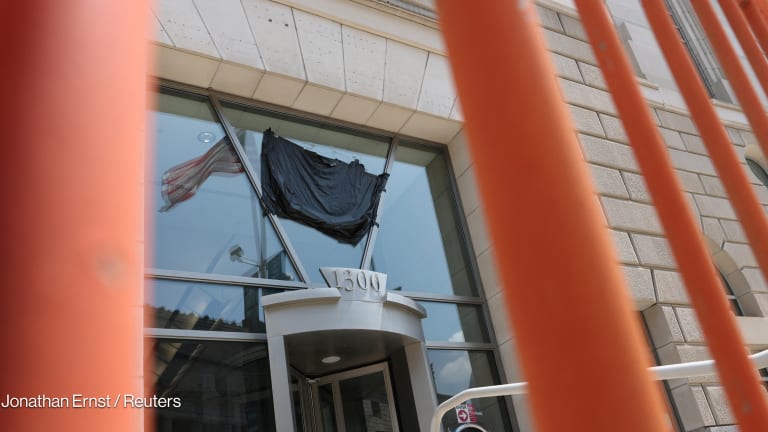The incoming Trump administration has a unique opportunity to advance locally led development, strengthening the impact of United States humanitarian and development programs. Advancing locally led solutions offers a way forward that will not only deliver impactful, sustained outcomes but also reinforce global stability and U.S. national interest.
The concept of “localization” has existed in various forms across the global development community and the U.S. government for decades. At its core, it involves shifting decision-making power from international groups to local and national entities that better understand and can better address the needs of the communities where humanitarian and development work occurs. This approach can lead to cost-effective, inclusive, and lasting benefits, ultimately bolstering economic development and international stability.
Localization is increasingly critical in the face of shrinking global funding and growing humanitarian needs driven by climate change, conflict, economic instability, and health crises.








